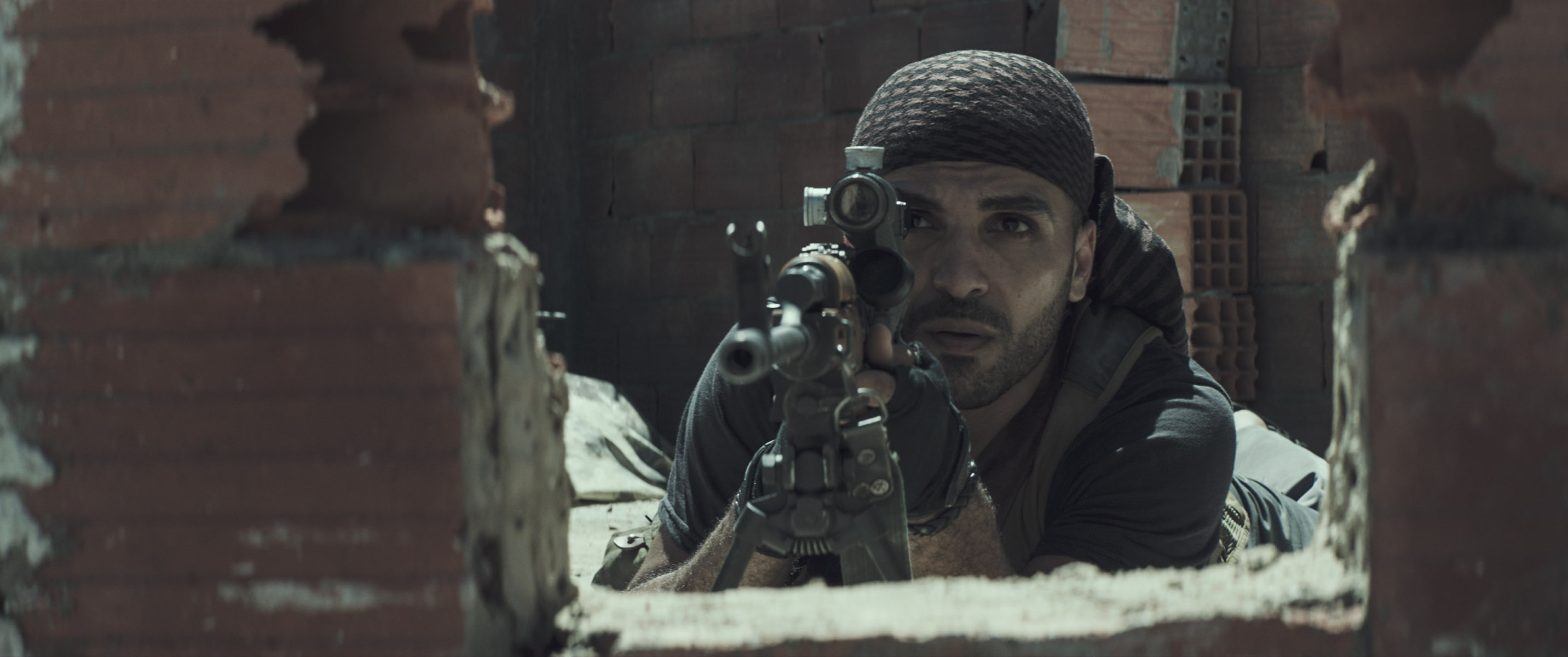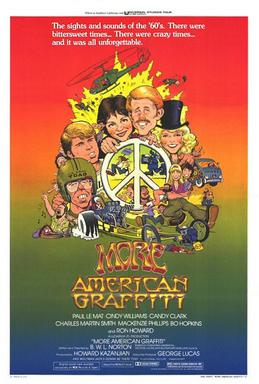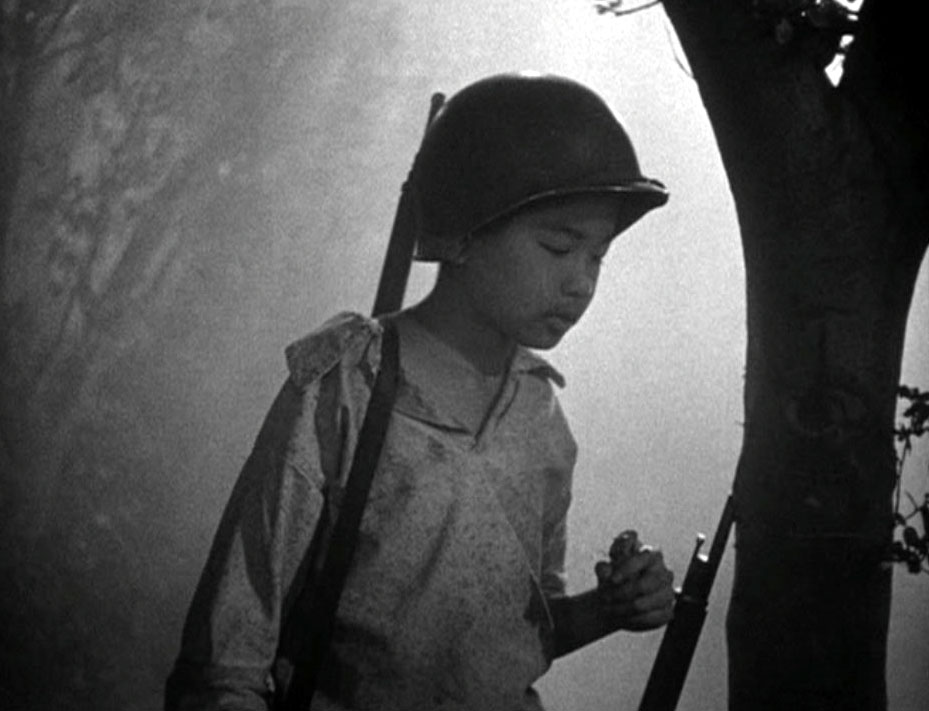
I waited for years to see this movie and finally it appeared on TCM's recent orgy of war movies. I had read that it is a possible best 100 movie. “The
Gallant Hours” was a joint project by Robert Montgomery and James Cagney. The close friends had been looking for a
movie to make together. Montgomery had
served under Admiral William Halsey in the Pacific and got the idea for a movie
about him when he attended Halsey’s 75th birthday party in
1957. Cagney agreed to come out of
retirement to play Halsey and he and Montgomery co-produced the film. Montgomery directed, it was his last
film. The screenplay was written by
Frank Gilroy and Beirne Lay, Jr (“12 O’Clock High”). Halsey was given 10% of the profits. He was interviewed twice by Cagney (who also
interviewed many of Halsey’s staff).
Cagney made the decision to not try to copy Halsey’s mannerisms, but
when Halsey and his son visited the set, the son remarked that Cagney looked
just like his father did in 1942. Cagney
later said it was his most difficult role.
The movie was a moderate box office success. Sadly, Halsey died in 1959 before he could
see the film.
It
opens impressively with a choir singing “Away He Went”. That would be a good
title for Halsey’s performance in the Battle of Leyte Gulf, but this movie covers
five weeks in 1942 during the Guadalcanal campaign. The framing device is Halsey’s retirement as
a five star admiral in 1945. From there
we flash back to October 16, 1942.
Halsey and members of his staff, including Lt. Commander Lowe (Dennis
Weaver), are on a trip by PBY to Guadalcanal.
Halsey has a hunch and diverts to Noumea. Good thing because Yamamoto (James Goto, who
also served as a technical adviser) has sent Zeros to intercept. At Noumea, Halsey receives order from Nimitz
to relieve Adm. Ghormley as commander of forces in the South Pacific. Halsey is old friends with Ghormley and it is
an uncomfortable meeting. Halsey is
modest and understanding. “You didn’t do
anything wrong. I’m gonna get credit for
what you started”. Halsey may have believed
that, but historians don’t. Halsey meets
with all his subordinate commanders and the movie drops a lot of names, if you
are familiar with the war in the Pacific.
He takes charge and visits Guadalcanal.
It is a big morale boost as Halsey is a very popular leader. The Marines love his aggressive spirit
(“Strike, repeat, strike!”) and the Navy was desperately in need of a fighter. He talks to various Marines on the island,
including ace Joe Foss, Chaplain Frederic Gehring, and future Yamamoto assassin
Thomas Lanphier. Two of the Marines are
the sons of Cagney and Montgomery in uncredited roles. The movie covers Halsey’s decision making
through the next five weeks. This
encompasses the naval Battles of Santa Cruz and Guadalcanal. It concludes with the shooting down of
Halsey. There are ups and downs, but
Halsey is imperturbable. He’s bothered
more by having to get injections than the crisis he is dealing with. In the end, we win and Halsey’s reputation is
not tarnished by some of his questionable decisions later in the war. He retires with no mention of these.
“The
Gallant Hours” is not your standard biopic because it covers such a limited
amount of Halsey’s life. However, it is
certainly about him. In fact, although a
war movie, there is no combat in it. We
get background and aftermath only for the two naval battles and the mission to
kill Yamamoto. The lack of action is
made up for by some unusual features. As
each historical figure is introduced, a narrator (Montgomery) gives us a little
mini-biography. Some of the information
is amusingly trivial. Did you know
Halsey “once owned a parrot”? These
identifications include the Japanese characters, like Yamamoto. We even find out who a corpse was! The Japanese were brave, too. The movie intercuts between Halsey and his
crew and Yamamoto and his. The Japanese
are not subtitled, but the narrator summarizes what they say. There is a lot of narration in this movie,
possibly a record for a war movie. As
to be expected for a 1960 Pacific war movie, the Japanese are portrayed as
worthy adversaries. Something that
Halsey never acknowledged, by the way.
If
you are a Halsey fan you will not be disappointed, there is nothing
controversial in the movie. In fact,
there are no warts on anyone, including the Japanese. Cagney plays Halsey well, but you don’t get
the impression that he could be Pattonesque.
However, kudos to the film for erring in the right direction as Halsey
was actually a modest man who was not out for glory, but did know how to give
aggressive quotes to the press.
Tellingly, the script leaves out his famous reaction to getting
Ghormley’s job: “Jesus Christ and
General Jackson! This is the hottest
potato they ever handed me.” The rest
of the cast is fine, with lots of familiar faces including Richard Jaeckel,
naturally. Dennis Weaver was
second-billed and it was his first big movie splash. He had won an Emmy the year before for
“Gunsmoke”. He is excellent as the wolf
(since Halsey could not be portrayed in that role, although it would have fit
him and earned him his nickname “Bull”).
Montgomery does a good job at directing and has some verve to his
compositions, but this is balanced by the overly choral music.
The
movie is admirably accurate (see below), with one major chronology
license. It is a good semi-documentary
on command decisions on the American side (not so much in the Japanese scenes),
but you’ll learn little about what actually happened in the two battles and the
shoot down. Cagney/Montgomery productions
must not have been able to afford the models.
Will it crack my 100 Best War Movies list? No. It was a disappointment because it sugarcoats the controversial Halsey. I'll be truthful in admitting I am not a Halsey fan and find him overrated. You can see some of the reason for this inflated reputation based on this movie. It highlights one of his greatest moments in the war and gives no hint of some of his mistakes. Surprisingly, it does not give a hint at another reason why he was overrated - his relationship with the press. A main factor in his fame was his quote-worthiness which caused the press to lionize him. The movie presents a rather boring Halsey. With that said, the movie is entertaining if you consider the fact that it was made before Hollywood could do a realistic portrayal of a controversial figure. It is not fair to compare it to "Patton". It deserves some credit for being different with its lack of combat and the unusual narration.
HISTORICAL ACCURACY: I found no evidence that Halsey was
on a PBY trip to Guadalcanal when he diverted to Noumea. It is highly unlikely Yamamoto tried to shoot
him down. This was most likely a clumsy
attempt to foreshadow the mission against Yamamoto. In fact, Nimitz had sent Halsey to Noumea
because he had himself visited Guadalcanal (which Ghormley never did) and had
decided to relieve him. When Halsey
arrived at Noumea, he was met with the orders to relieve Ghormley. They were good friends and the changeover was
appropriately awkward. I imagine Halsey
had kind words for his friend, but Ghormley had done a bad job and was
suffering from defeatism. They may have
been old friends, but Halsey’s command style was almost the opposite of
Ghormley. Nimitz certainly made the
right decision. The movie mentions, but
does not depict the crisis on Guadalcanal.
The critters, the diseases, the lack of supplies (partly because of the
cautious policies of Ghormley), the Tokyo Express (a visit from whom Halsey
experiences on his first night on the island), and the lack of naval
support. Halsey did promise Gen.
Vandegrift everything he requested and delivered as best he could. He did divert an army unit from another mission
without approval. The trip to
Guadalcanal actually happened after the Battle of Santa Cruz. The visit was probably enhance with the
encounters with Foss and Lanphier, but he did talk to many Marines and made a
very positive impression. The movie
correctly describes Santa Cruz as a tactical defeat, but as Halsey argued it
was a strategic win because it blunted a Japanese attempt to reinforce
Guadalcanal. The movie implies Halsey
sent Admirals Scott and Calahan to intercept a Japanese fleet, leading to the
naval Battle of Guadalcanal in which they were both killed. Actually, Admiral Turner ordered them to be
aggressive. Surprisingly, for a movie
obsessed with identifying even corpses, Scott and Calahan are not identified
when they meet with Halsey. Halsey did
send a star to each of their wives. The
movie mentions the sinking of the battleship Kirishima as a post script to
indicate Halsey had won the campaign. In
reality, the sinking occurred on the second day of the Battle of
Guadalcanal. Squeezed in between the two
days (and months out of order) comes the Yamamoto mission, which was in April,
1943. In the movie, Halsey finds out
about Yamamoto’s trip because the Japanese code has just been broken, when it
actually had been broken before Midway.
I can not criticize the movie for having Lanphier as the assassin when
he was given credit at the time and still was believed to be in 1960. In turns out, there is a stronger case to be
made for Rex Barker, who does not appear in the movie. As far as Halsey’s personality, Cagney gives a
one-dimensional portrayal. He gets the
modesty right and the charismatic leadership, but the movie omits his
Pattonesque bluster for the press. When
asked about his strategy, he famously said “Kill Japs, kill Japs, and keep on
killing Japs”. On the other hand, he
allowed for his men to dispense with ties in the tropical heat. It’s these contradictions that make Halsey a
prime candidate for a full-scale biopic.
He and MacArthur are the two closest personalities to Patton in the
Pacific. Of course, that type of warts
and all flick could not have been made in 1960.
Certainly not with Navy and Halsey’s approval.
GRADE = B-






.jpg)